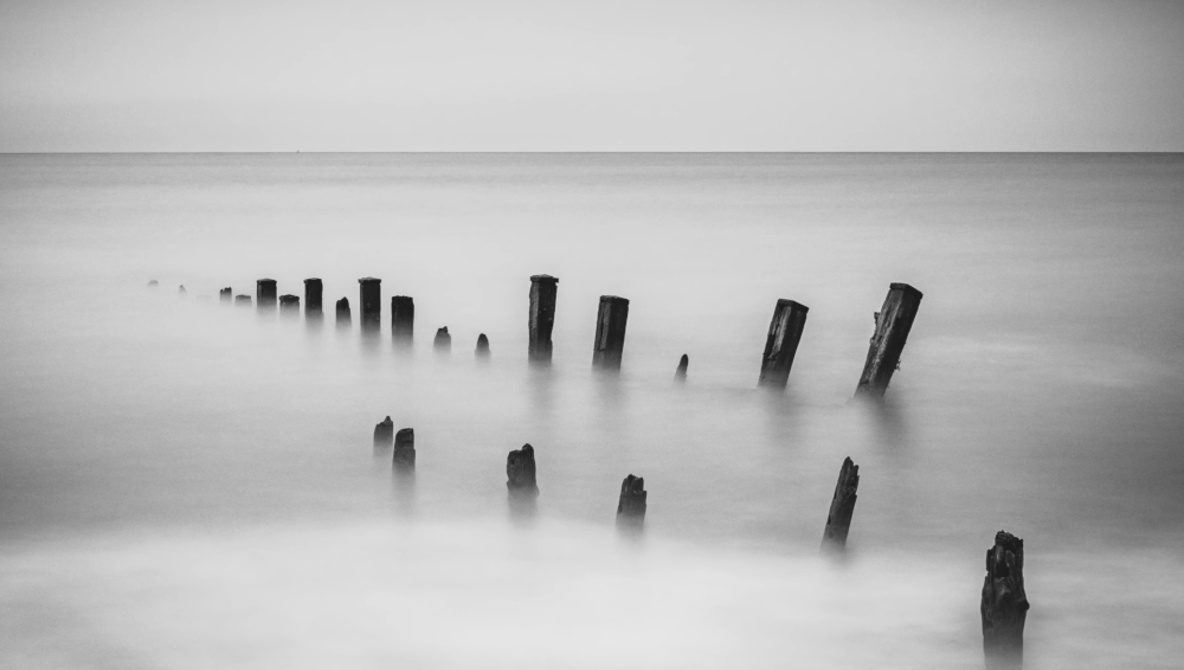The OM SYSTEM OM-1 Mark II pushes what you can do without extra gear with a design and features that center on giving you more flexibility in the field. Whether you’re working with landscapes, experimenting with motion blur, or capturing detail-heavy subjects, it offers tools that can save you time and effort. .
Coming to you from Chris Baitson, this detailed video looks at how the OM SYSTEM OM-1 Mark II mirrorless camera handles real-world shooting. One standout is Live ND, which simulates neutral density filters directly in the camera. That lets you create long exposure photos, such as smoothing water, streaking clouds, or capturing light trails, without carrying physical filters. While it won’t fully replace actual ND filters or a polarizer, it can get you results in a pinch when you don’t have your filter kit. Baitson demonstrates how the system lets you push to seven stops, making it unusually strong for built-in functionality.
Another feature shown is Live Graduated ND, which acts like a digital version of the glass filters used to darken skies and balance exposure. You can adjust the angle, position, and strength of the effect, which means you’re not locked into a fixed holder or kit. For landscape work, especially in mixed light, this makes a big difference. Instead of swapping filters in changing conditions, you can quickly adapt in-camera and keep shooting. It could mean catching a sky with detail without losing the rest of the frame.
Key Specs
-
Lens Mount: Micro Four Thirds
-
Sensor Resolution: 20.4 Megapixel effective (5,184 x 3,888)
-
Image Sensor: 17.4 x 13 mm (Four Thirds) BSI MOS
-
Image Stabilization: 5-Axis Sensor-Shift
-
ISO Range: 200–25,600 (80–102,400 Extended)
-
Continuous Shooting: Up to 120 fps
-
Video: DCI 4K up to 60 fps, Full HD up to 240 fps, H.264/H.265 codecs
-
Video Output: 4:2:2/Raw 8/12-Bit via HDMI
-
Display: 3″ articulating touchscreen LCD, 1,620,000 dots
-
Viewfinder: 5,760,000-dot OLED, 100% coverage
-
Connectivity: Wi-Fi 5, Bluetooth 4.2, USB-C
-
Battery: BLX-1, approx. 500 shots
-
Weight: 1.1 lb / 511 g (body only)
Beyond filters, the OM-1 Mark II supports high-resolution capture up to 80 megapixels when used on a tripod. The sensor shift technology combines multiple frames, letting you get more detail and improved noise performance compared to the standard 20 megapixel output. In practice, that can give you file sizes closer to what full frame cameras deliver, while still working within the Micro Four Thirds system. If you’re into macro work, built-in focus stacking makes it easier to get sharpness across your subject without manually blending files later.
The video also highlights creative tools like Live Composite, which lets you see long exposures building in real time on the LCD. You can stop when the frame looks right instead of guessing exposure length. For experimenting with light trails or night scenes, this saves you from repeated test shots. Combined with 8.5 stops of image stabilization, you’re able to get clean, detailed results handheld or on a tripod, even in less-than-ideal conditions. Check out the video above for the full rundown from Baitson.
